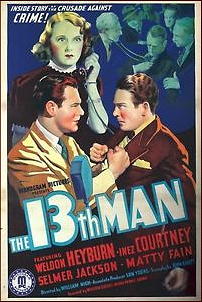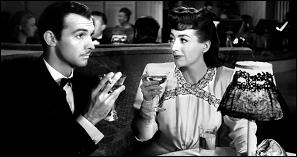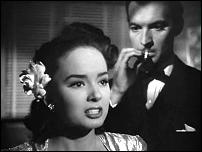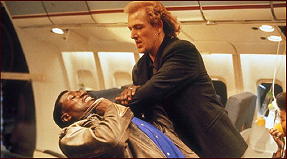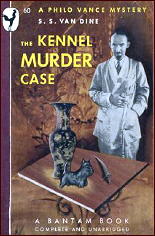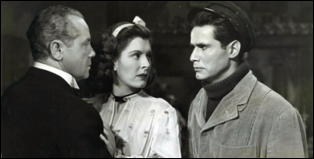Tue 27 Sep 2016
A Mystery Movie Review: THE 13th MAN (1937).
Posted by Steve under Mystery movies , Reviews[3] Comments
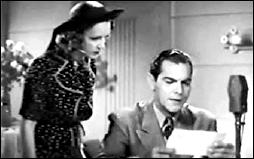
THE 13th MAN. Monogram Pictures, 1937. Weldon Heyburn, Inez Courtney, Selmer Jackson, Matty Fain, Milburn Stone, Grace Durkin, Robert Homans, Eadie Adams. Director: William Nigh.
When it comes to the movie The 13th Man, there seems to be a large disconnect between me and the rest of the IMDb film-watching universe. The latter has given this rather turgid mystery melodrama an accumulated 5.9 stars, and I would be hard pressed to give it two.
The basic premise is not bad. The current District Attorney, with a highly contested election coming up, reminds his radio audience that he has put 12 major crime figures behind bards so far, and on the next day he will be starting indictment proceeding on a 13th major underworld figure in the city. Which well-deserved individual will it be? This is the kind of city where there are any number of candidates.

But will the D.A. survive till the next morning? You can answer that at once. He dies at ringside that same evening with a curare dart found in his neck. Investigating the case one step ahead of the police are radio reporter Swifty Taylor (Weldon Heyburn) and his secretary (who is secretly in love with him), Julie Walters (Inez Courtney). Swifty, it seems, is not all that swift.
But from this point on, the story and the no-name cast go absolutely nowhere. It is one of those movies that make your eyeballs ache just watching it, but sometimes an investment of 20 minutes into a movie makes you want to keep watching it, just in case something interesting happens.

There is one twist that I probably should have seen coming, but I didn’t. I can’t tell you what it is, just in case you decide to ignore these comments of mine. Perhaps the no-name cast has more of a name than I realize, but the only two actors who show any enthusiasm for being in this movie are Milburn Stone (then a mere 33 years old), playing Swifty’s assistant, and considerably more elderly Robert Homans, who often had small roles as policemen in his movie-making career, and so he was once again in this one.
The real culprit is intended as a surprise, but not quite picking a name from a hat, he (or she) was exactly who I suspected all along.
